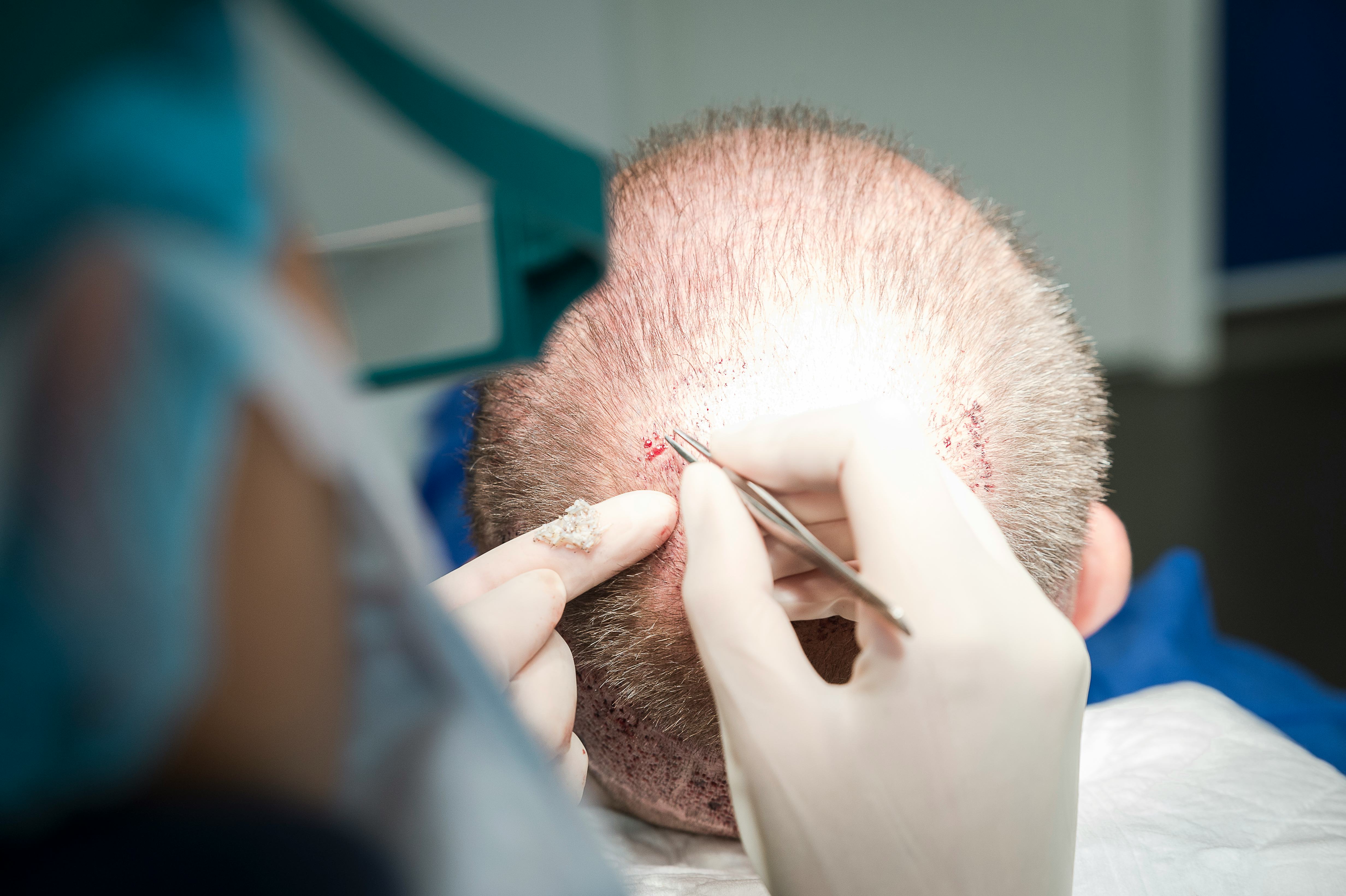
The hairs that grow from skin moles might be longer or coarser than body hair elsewhere. Each time you pluck out one of those antenna-like hairs from a mole on your skin, you’re unwittingly yanking out a potential secret to treating baldness. Researchers at the University of California, Irvine spearheaded a new paper that published June 21 in the journal Nature on how understanding these kinds of anomalous-seeming hairs offers potential in regenerating hair.
A mole, or nevus, comprises clusters of cells that contain the skin pigment melanin. These pigmented cells in the nevus are called melanocytes, and they’re prone to senescence, or aging. While one may assume that eradicating these aging cells could help slow aging, they seem to have a use in nevi. However, the hairs that grow from nevus skin usually are long and thick, resembling youthful hair. These hairs, which grow from skin riddled with aging melanocytes that theoretically hinder any kind of regeneration, have baffled researchers.
This study found that the key to this growth is the protein osteopontin, which abounds in these hairy moles. While the molecule has not been previously associated with hair growth, it now could be the star of future hair regeneration treatments. Melanocytes spout osteopontin, while hair stem cells create its companion receptor molecule called CD44. When osteopontin and CD44 meshed, the hair cells begin growing like weeds.
The team demonstrated its effectiveness in mice. Mice with these moles also showed accelerated hair growth on those spots. On the flip side, mice that were genetically engineered to lack either osteopontin or CD44 had much slower hair growth, confirming their importance for thick, luscious locks. Simply injecting this protein or its companion molecule could boost hair stem cells, stimulating growth.
The study’s senior author, Maksim Plikus, professor of developmental cell biology at UC Irvine, says that directly injecting these molecules into skin in a Botox-like process can prompt hair growth. But don’t worry — pigmented melanocytes aren’t a prerequisite for osteopontin-induced hair growth, so nobody needs to dapple their head with moles to regrow hair.
For those who expect that aging cells aren’t good for regeneration, this research may come as a surprise. “We’re preconditioned to think that senescent cells are not good for tissue, but now we found they are good,” Plikus tells Inverse.







